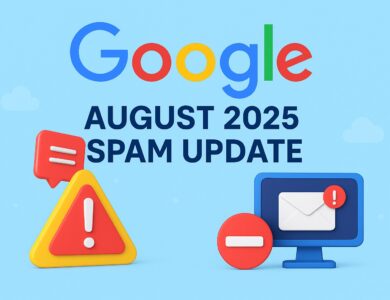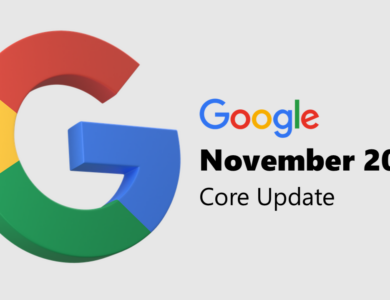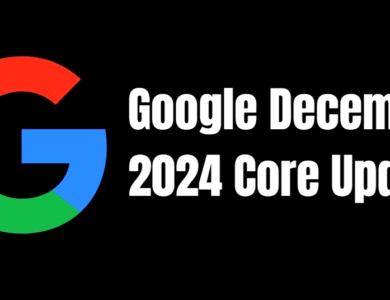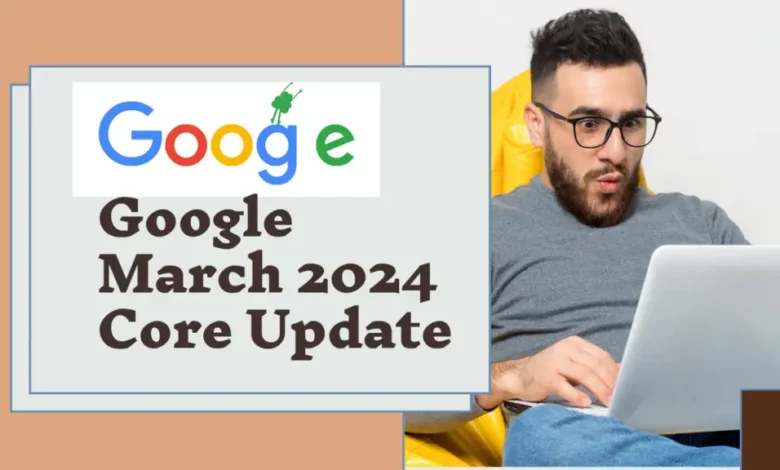
The big update from March 2024 for Google finished going out on April 19, 2024. That’s 45 days after it started on March 5, 2024. But Google said it was all done officially on April 26, 2024.
Google used a platform called X to tell everyone that the March 2024 update was done. They also gave a form for website owners to share their thoughts about the update.
As part of our news, we’ve also shared that we now use a variety of innovative signals and approaches rather than a single system to identify helpful content. We’ve added a new FAQ page to help explain this change: https://t.co/mrtkWVJYWV
— Google Search Central (@googlesearchc) March 5, 2024
This big update makes changes to important parts of how Google ranks websites. They’re making improvements to several key systems that decide which websites show up first when you search.
One major change is that Google won’t roll out new updates specifically aimed at improving helpful content anymore. Instead, they’re merging that with their main update system.
Google says this update they made in March has led to 45% less unoriginal content showing up in search results. That’s more than they thought would happen, which was only a 40% decrease.
This update also happened around the same time as changes to something called Core Web Vitals, which Google uses to measure how well websites perform. They switched out one part of this measurement, called First Input Delay, with something called Interaction to Next Paint.
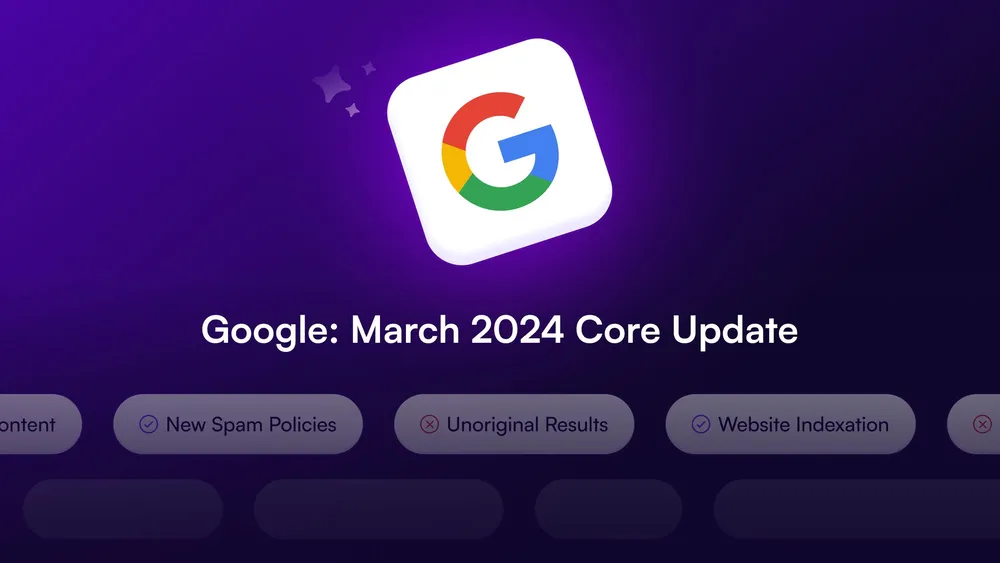
Because there are a lot of changes happening at once, it might be hard to tell which one is affecting how your website shows up in Google. But it’s important to figure out how to respond to these changes so your website can do better in searches again.
Check the Effect
After a big change in March 2024, it might be tricky to find out exactly what caused a problem on your website. But it’s really important to figure out how this change affected how easy it is to find your site and how well it performs in searches.
You can use tools like Ahrefs and Semrush to see how easy it is to find your site right now. You can go even deeper by keeping an eye on important numbers like how many people visit your site, how many clicks it gets, how many times it shows up in searches, and where it ranks. You can find this information using Google Analytics and Google Search Console.
Look closely at your reports to see if there are any big changes in how many times your site shows up in searches, how many people click on it, or where it shows up compared to before.
If you notice a big drop in where your site shows up in searches, check if there are any messages from Google Search Console saying there’s a problem.
Watch the market and learn about the industry.
Search for your main words and see if things are changing in search results. Look for new people showing up higher in search and any changes in the special parts of search results.
This will help you see if big things are happening in your industry after the main update.
Read good SEO blogs, forums, and newsletters to know about Google updates and what’s best to do.
If you don’t notice anything different in your industry, maybe your site’s traffic or rank going down is because of what you did or didn’t do to your site lately.
Figure out what changed on your website, whether it’s good or bad.
To do this:
- Look at different parts of your website, like where people visit, what they use (like phones or computers), where they are, and what they look at.
- Compare your stuff with other people’s stuff to see how well you’re doing.
- Also, see if the way your website is organized affects how many people see it.
- Make a list of what’s going well and what’s not so good.
- Compare the good and bad stuff to see what’s the same and what’s different.
This can help you figure out what needs fixing and what’s already working fine.
Check areas for improvement
Looking at what needs to get better is good. But don’t rush to decide right away. Take a closer look at what needs fixing.
This means checking how good your stuff is, looking for tech problems that might affect how well search engines find you, and seeing if users might have trouble with your site.
Make sure your stuff follows Google’s rules and is trustworthy.
For tech stuff, focus on making your site load faster and work well on phones. Also, fix anything that stops search engines from checking your site properly.
Use Google Analytics to see how users are interacting with your site. Look at things like how long they stay and how many pages they visit.
Change your SEO plan to make things better faster.
Find out what’s good and bad, then change your SEO plan to fix the bad stuff and make the good stuff even better.
Make a plan to fix the problems caused by the changes and get back on track.
Make sure everyone knows what’s going on.
Tell all the people involved about how the core update is affecting things and what you’re doing to fix it.
Write a detailed report that talks about both good and bad changes and explain how you plan to get things back on track.
Keep giving updates to show everyone how things are going and to be honest about it in all parts of your organization.
Downgraded Links
Google used to think that links were very important for deciding how relevant web pages were. But now, they don’t think so anymore.
A small change was made in Google’s rules about spam. Before, it said that links were an important factor for deciding how relevant web pages are. But now, they took out the word “important.” This means that links are just one of many things that decide how relevant a web page is.
Normally, this might cause confusion. But right now, there’s a big update happening that’s changing how Google works. This update might mean that links aren’t as important for ranking anymore.
This could have a big effect on how people try to get more links to their websites in the future.
Trying to manipulate links won’t help.
Google doesn’t like when people make bad content just to get more links. They’re cracking down on stuff like making fake blogs just to get more links. They want to make sure search results are good quality.
More focused on outgoing links
Google is now paying more attention to outgoing links. They say if you try to manipulate these links to boost your site’s ranking in search results, it could be seen as spam. This means Google might penalize your site if you’re caught manipulating outgoing links for SEO reasons.
Unethical use of expired domains
Google has announced a new rule about using expired domains again. When someone uses an old expired domain to get more visitors to their own low-quality website, Google says it’s not fair. This can trick people into thinking the new site is the same as the old one they trusted. Google calls this expired domain abuse.
Summary
Google changed how it decides which websites show up first when you search. They made a big update in March 2024, which finished on April 19. It’s different because instead of just improving certain things, they made overall improvements. This update made 45% less unoriginal content show up in searches, which was better than they expected. At the same time, they also changed how they measure website performance. They’re now paying more attention to how websites interact with users. Google is now less interested in links on websites and more on how they’re used. They’re also against using old websites unfairly to trick people. To keep up, website owners need to adjust their strategies and be open about these changes internally.




